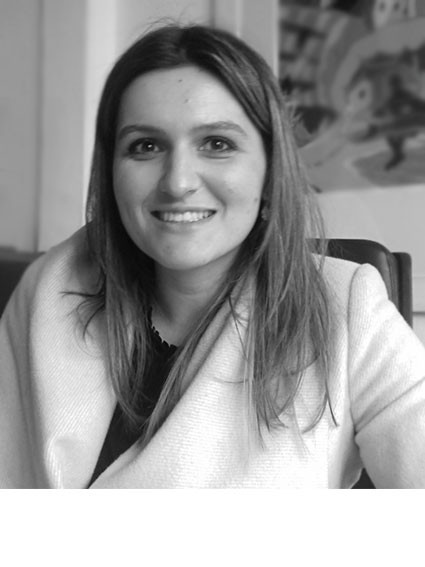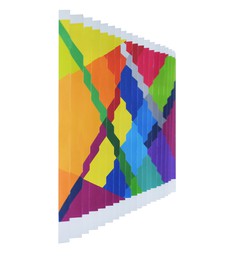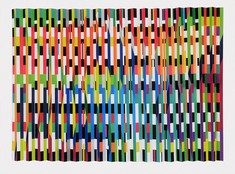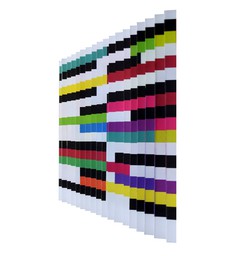
Marisa Ferreira
"Frequent contact with art contributes to the development of critical thinking"
Natural from Guimarães, Marisa Ferreira (b. 1983) has lived and worked in Norway since 2008. Her work, which has a Public Art component, has already been recognized as a public art project. shown with great success in Portugal and abroad. Marisa Ferreira’s creation is interactive and invites you to spectator participation, “forcing” to assume different positions in space.
For the creation of the new 3D screen printing, we spoke with the artist.
What importance do you attribute to graphic work and the multiple in the context of the work?
Works on paper, of which the graphic work is a part, assume a significant, although rarely seen, aspect of my artistic practice. These are works that allow me to work on ideas, but I would say that they are a unique and separate part of my practice where I use a variety of paper materials, from graph paper to graph paper, which are expand beyond drawing, collage or screen printing. They are generally chromatic compositions that present fragments of architectural buildings, so that we can think of the city as a fragment, a vision but also a memory, which are in turn organized according to mathematical sequences or compositions with one or two axes of symmetry.
Specifically regarding this work, it stands out for its energetic chromaticism and the rethinking of the position of the spectator. How do you relate these attributes?
The attributes they refer to are not unique to this work, I would even say that they are present in all my works. I am interested in exploring the relationship between art/body and art/context, space has been a very interesting medium for me. I am therefore interested in exploring the role of the observer in their encounter with my work, hence I create compositions that invite a physical and emotional experience of color, the perception of which is is affected by the observer's position in space. If we think about Josef Albers' work on color, when he states that color is the most relative element in art, since we never perceive color as it physically is. and that's why I can talk about the color blue (my blue is 945, I see colors in numbers), and we can have twenty people here thinking about the blue that I mentioned and I strongly believe that we will all think about different blues. I believe it is It is precisely at this moment that my work leaves the scientific field and enters the cultural sphere.
Living outside the country, he is part of a new generation of internationally dynamic artists. What marked you most in the development of your work?
I cannot list just one aspect that has influenced me, as I believe that my work, directly or indirectly, reflects a set of experiences, experiences and sharing of knowledge that I have been developing over these 12 years living in Oslo (Norway) and London (England). For me, living abroad has been above all an opportunity to learn other working methods and think about my artistic practice from different perspectives.
Owner of several public works, how does direct coexistence with art contribute to the improvement of contemporary society?
Public work is It is a big and important part of my artistic practice. It includes not only; It is not the final object, but a series of drawings, models and photographs that are part of a creative process where I try to experiment with ideas and different ways of solving the problems that each piece presents. I don't know if I would call it “perfection” but before that, frequent contact with art contributes to the development of critical thinking, which is so necessary and urgent in contemporary society.


